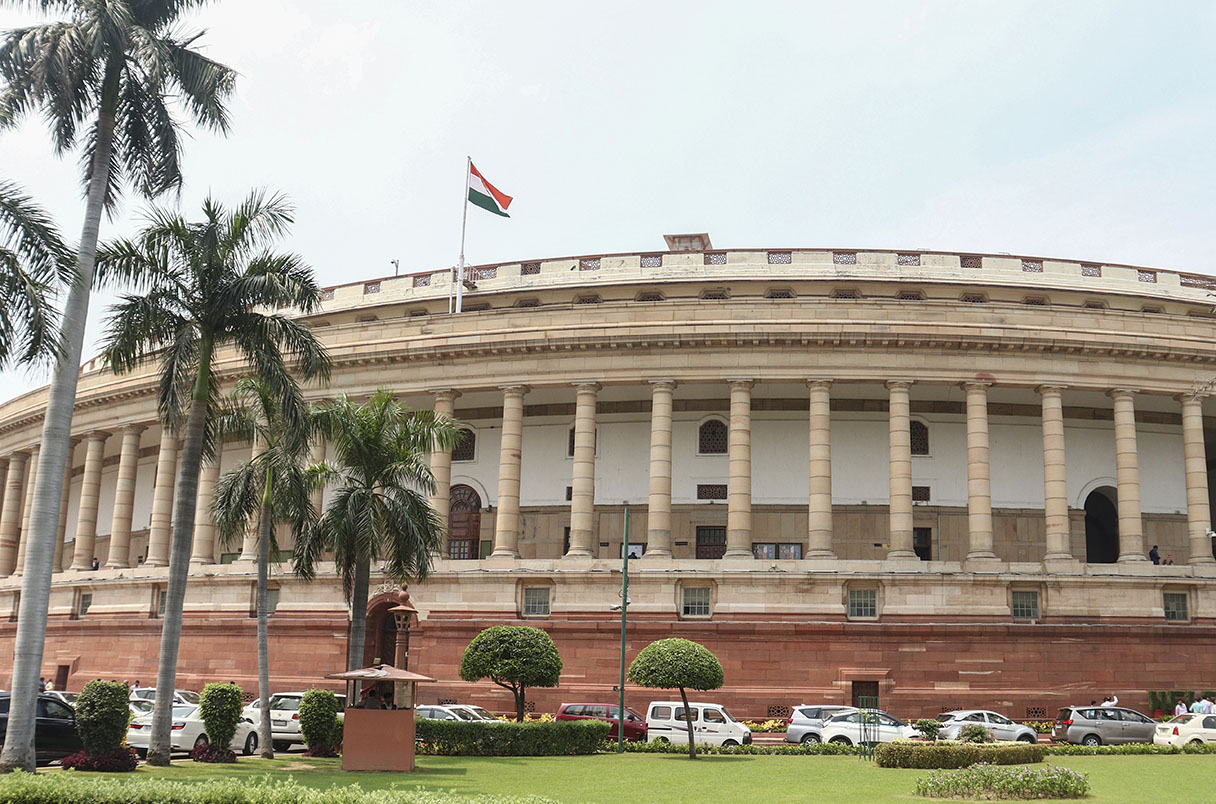Tamil Nadu, India’s sixth-largest economy, faces a growing fiscal challenge as its revenue deficit is expected to widen further in 2024-25. The state government, led by Chief Minister M.K. Stalin, projects a deficit of Rs 49,279 crore, a significant increase from the revised estimate of Rs 44,907 crore for 2023-24. This upward trend is even more concerning when compared to the initial budget estimate of Rs 37,540 crore for the current fiscal year.
This article delves into the financial implications of this rising deficit, explores potential contributing factors, and examines the government’s proposed remedies.
Understanding Tamil Nadu Revenue Deficit:
The revenue deficit represents the difference between a state’s revenue receipts and its non-capital expenditure. When expenditure outpaces revenue collection, a deficit arises, indicating the government’s reliance on borrowing to meet its obligations. While a moderate deficit is manageable, a widening gap like Tamil Nadu’s raises concerns about fiscal sustainability.
Potential Causes of the Rising Deficit:
Several factors might be contributing to Tamil Nadu’s widening revenue deficit:
- Economic slowdown: The Indian economy has experienced sluggish growth in recent years, impacting state revenues through lower tax collections.
- Increased welfare spending: The state government has prioritized social welfare programs, leading to higher expenditure needs.
- Pandemic impact: The COVID-19 pandemic severely impacted economic activity and government revenue generation.
- Shortfall in tax devolution: The central government’s devolution of taxes to states might not have kept pace with expenditure requirements.
Read:Indian Rupee Edges Up in Early Trade!
Impact on Tamil Nadu Finances:
A rising revenue deficit can have several negative consequences:
- Higher borrowing costs: The government might need to borrow more to finance its deficit, leading to higher interest payments and debt burden.
- Crowding out private investment: Government borrowing can compete with private sector borrowing for funds, potentially hindering economic growth.
- Reduced ability to invest in infrastructure: Higher debt service obligations can limit the government’s capacity to invest in essential infrastructure projects.
- Erosion of investor confidence: A widening deficit can raise concerns about the state’s fiscal health, potentially deterring investments.
Proposed Solutions and the Road Ahead:
The Tamil Nadu government has outlined several measures to address the widening deficit:
- Boosting revenue collection: This includes streamlining tax administration, broadening the tax base, and exploring new revenue sources.
- Rationalizing expenditure: The government aims to optimize spending without compromising on essential services.
- Attracting investments: The state is focusing on attracting private investments to stimulate economic growth and generate tax revenue.
- Seeking additional devolution from the center: Negotiating with the central government for higher devolution of taxes could ease the fiscal burden.
Conclusion:
While Tamil Nadu’s rising revenue deficit poses a challenge, the government’s proactive approach offers hope for a sustainable fiscal future. Implementing the proposed measures effectively and exploring innovative solutions will be crucial in bridging the gap and ensuring the state’s long-term financial health. Continued monitoring of the situation and timely adjustments to policies will be essential for navigating this complex fiscal landscape.



